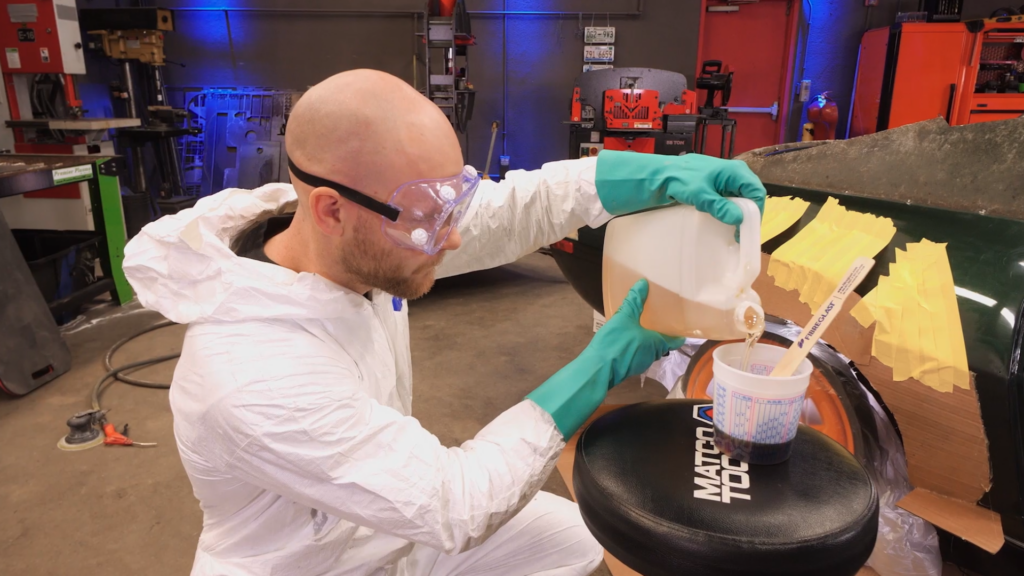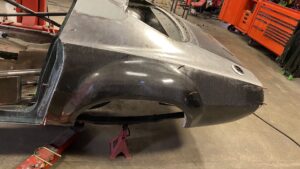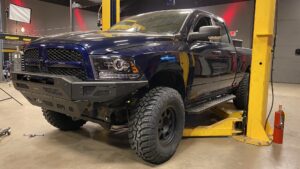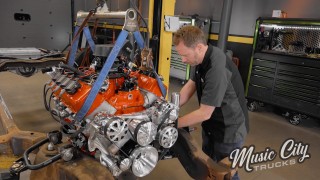How We Created Carbon Fiber Panels For Our ’72 Camaro With The Aid of Expanding Foam

Constructing carbon fiber panels for our ’72 Road Course Camaro was a task easier said than done. What this experience taught us was that when creating carbon fiber panels, you need to have a lot of time and patience. This isn’t the kind of project that can be rushed to perfection. You will be much better off being careful and taking your time because there is a lot of precision involved in their creation.
Part 1: Creating The Foam Mold
During the body modification process of our ’72 Camaro, the first thing we had to do was prep the quarter panels with a D/A sander. From there, we used a two-part expandable foam to add some shape to the flares and make it larger than the final desired shape. Once the foam hardened, we then reshaped it by using a saw blade, a scuff disc, and sandpaper. This was going to be the official shape of our upcoming carbon fiber panels. After smearing the shaped foam with body filler, it is shaped further with 36-grit sandpaper on a block before being moved on to the stages of priming and the creation of fiberglass molds.
Part 2: Creating The Fiberglass Mold
Next, we created a mold with the help of wax and a PVA release agent to aid in the release of the mold. We also apply a gel coat for the tooling surface of the mold which needs two thick coats. At first, we faced some minor issues of wrinkles in the coat, which is usually the result of variations in thickness. So we used chop strand mat fiberglass with a polyester resin, which upon application breaks down the binder in the mat making it extremely pliable for fitting around complex shapes. To join two pieces of the material, the edges are ripped for a smooth, flat transition, instead of simply overlapping.
Part 3: Creating Carbon Fiber Panels
Now this is the point that everyone has been waiting for. The actual construction of carbon fiber body panels. Two methods are employed, one involving a mold of the rear quarter panel, and the other using the actual door. The difference is in the amount of work required at the front or back end of the process. In the first method, a mold is created using a gel coat and fiberglass, while in the second, the outer surface needs finishing.
The carbon panels are bonded to the door, making it rigid for sanding. Once we have the carbon fiber panels finished, our ’72 Road Course Camaro will be able to confidently take on the racetrack now that it managed to shed some pounds!









